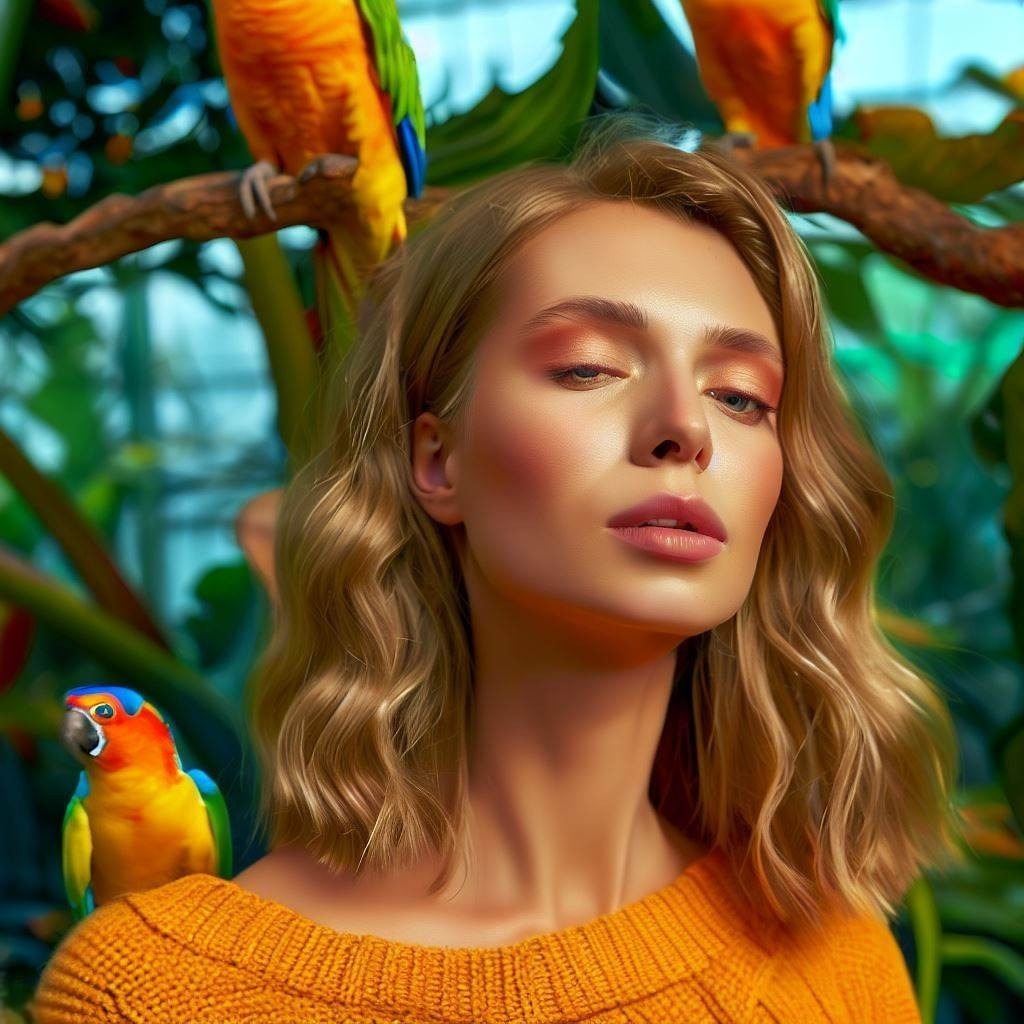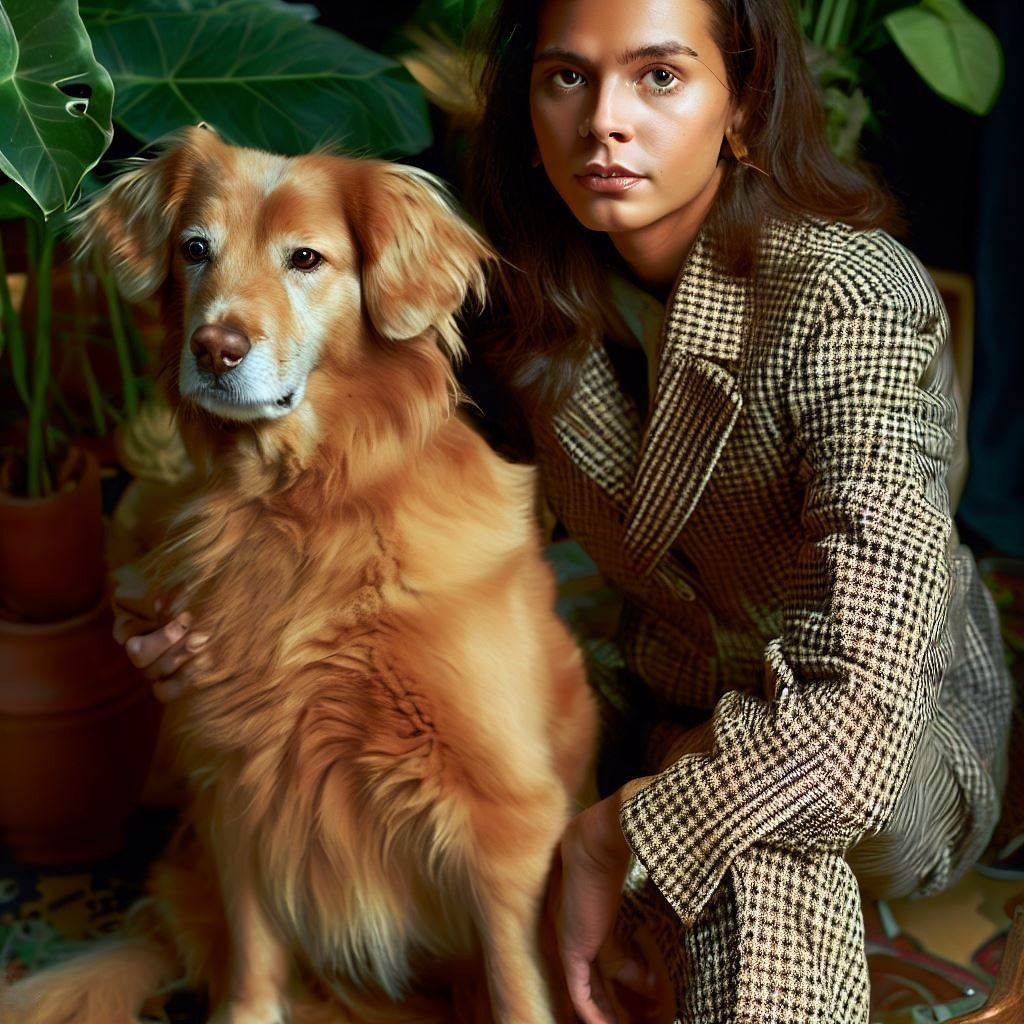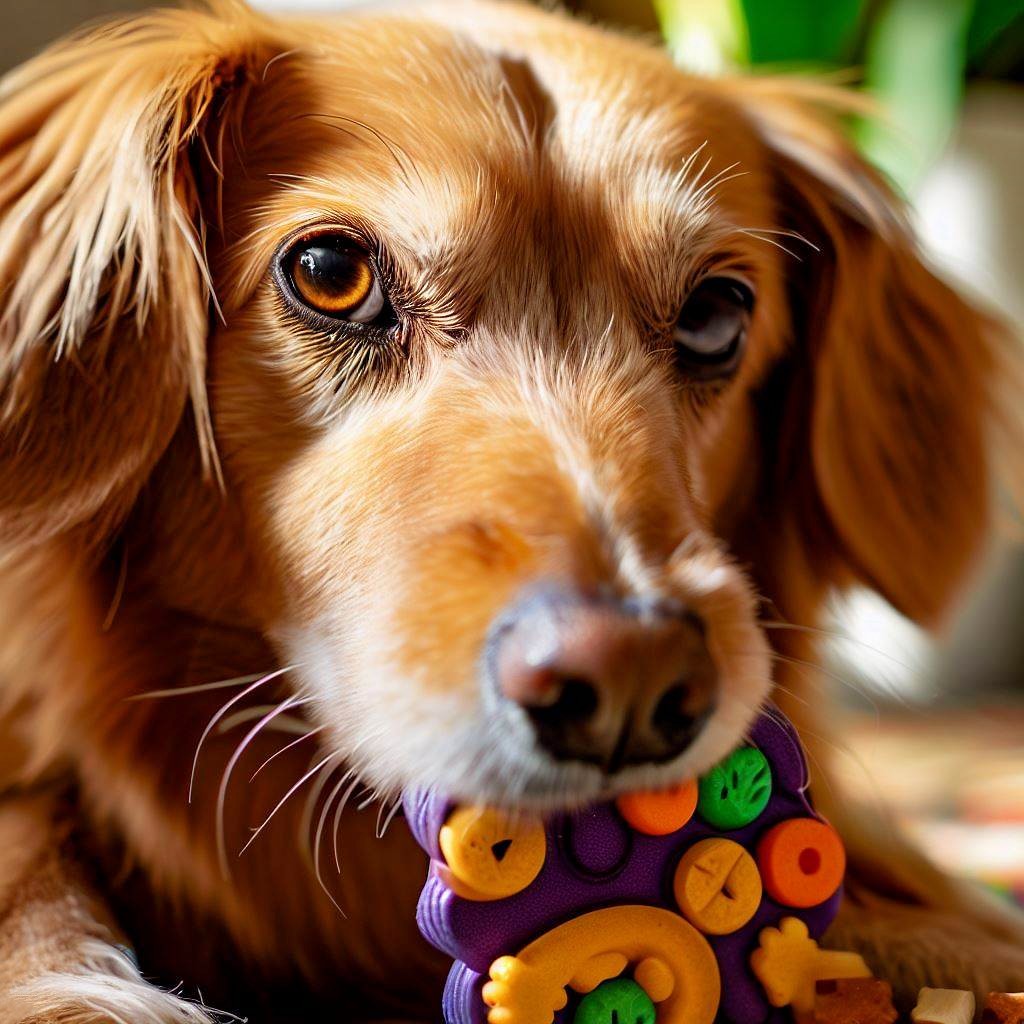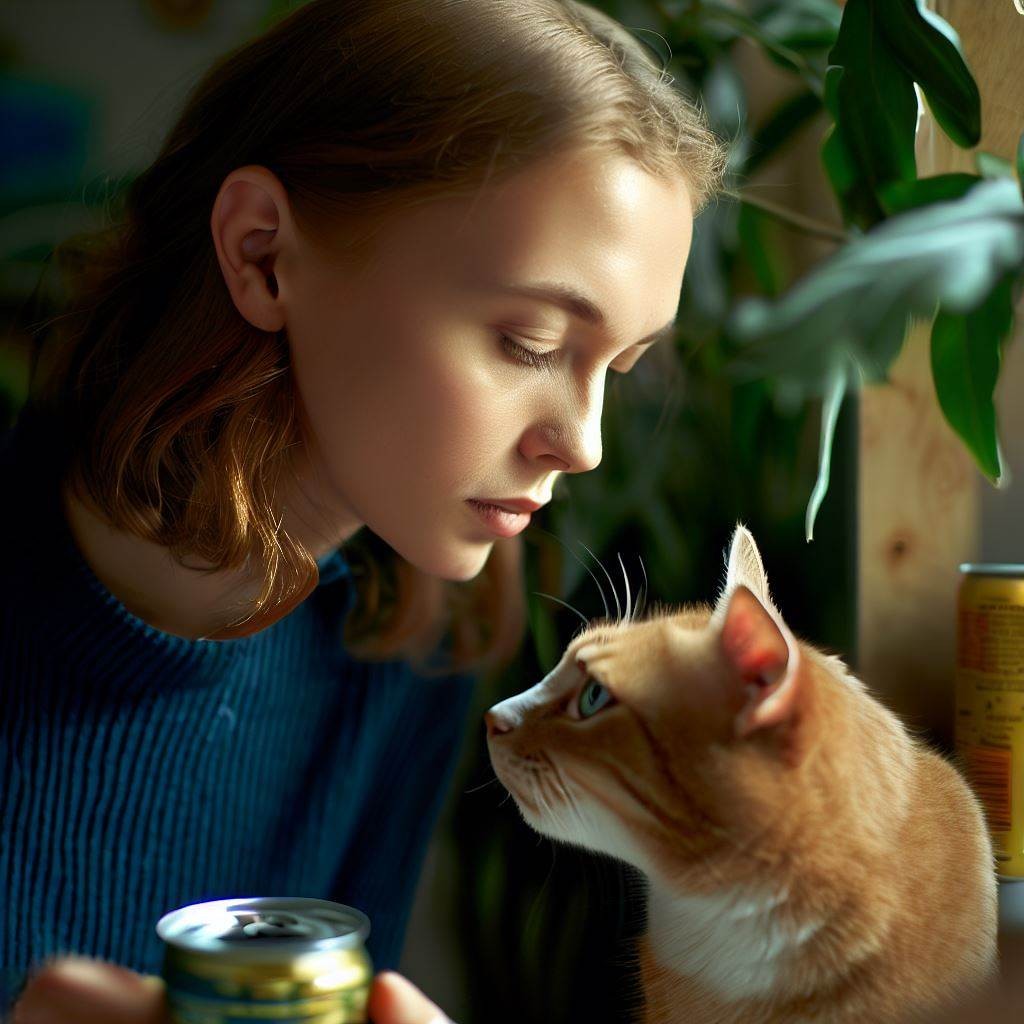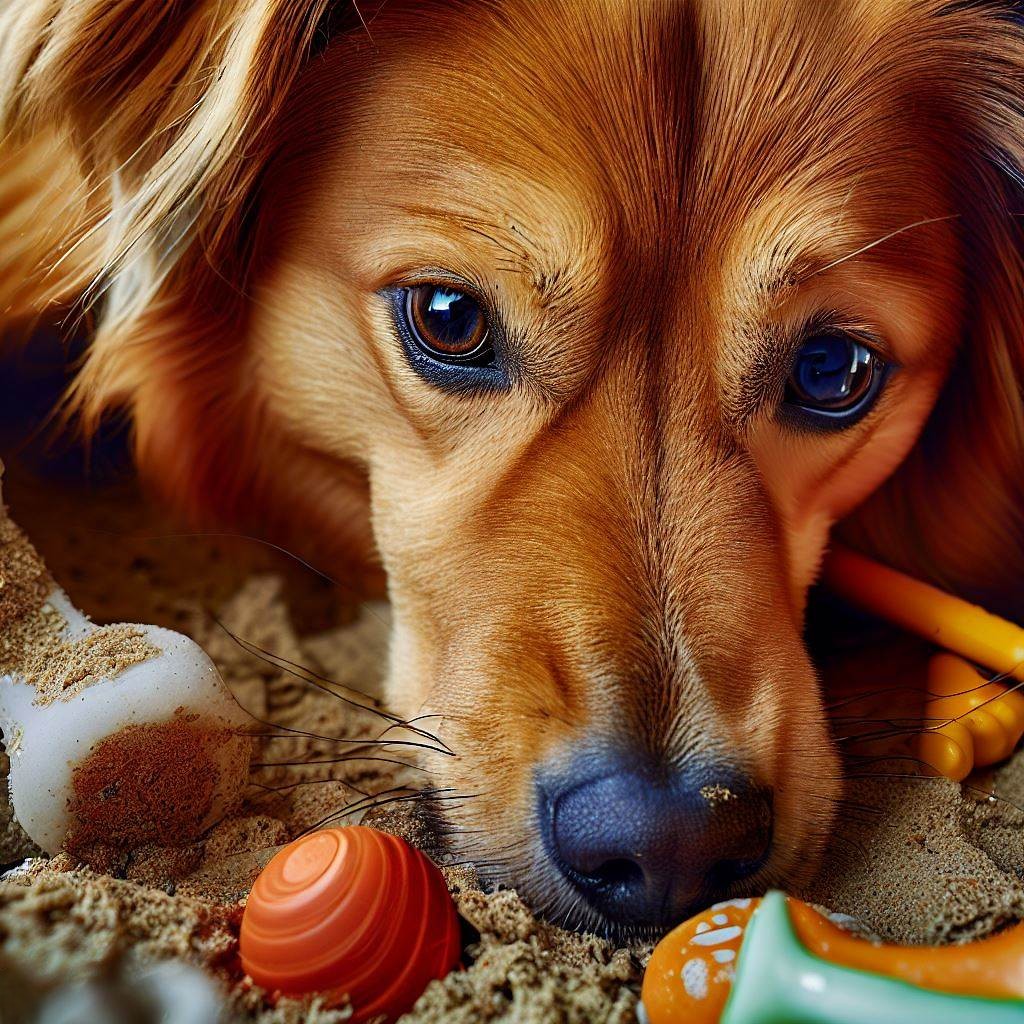Parrots, with their eye-catching colors and unique ability to mimic human speech, have been the subject of human fascination for centuries. However, beyond their engaging aesthetics and sounds lies a complex social structure that plays a significant role in their survival and well-being. Parrots, as social creatures, engage in cooperative behaviors that benefit their group as a whole. This post delves deeper into these cooperative behaviors, including communal roosting, collective foraging, and shared parenting.
Parrots, with their eye-catching colors and unique ability to mimic human speech, have been the subject of human fascination for centuries. However, beyond their engaging aesthetics and sounds lies a complex social structure that plays a significant role in their survival and well-being. Parrots, as social creatures, engage in cooperative behaviors that benefit their group as a whole. This post delves deeper into these cooperative behaviors, including communal roosting, collective foraging, and shared parenting.
Parrots, with their eye-catching colors and unique ability to mimic human speech, have been the subject of human fascination for centuries. However, beyond their engaging aesthetics and sounds lies a complex social structure that plays a significant role in their survival and well-being. Parrots, as social creatures, engage in cooperative behaviors that benefit their group as a whole. This post delves deeper into these cooperative behaviors, including communal roosting, collective foraging, and shared parenting.
In the complex world of pet behaviors, learned behaviors play an essential role alongside innate instincts. Our pets, like us, are not solely driven by their genetic blueprint but also by their individual experiences and conditioning. These behaviors, molded by interaction with the environment, offer unique insights into our pets’ minds, allowing us to understand them better and form deeper bonds with them.
In the complex world of pet behaviors, learned behaviors play an essential role alongside innate instincts. Our pets, like us, are not solely driven by their genetic blueprint but also by their individual experiences and conditioning. These behaviors, molded by interaction with the environment, offer unique insights into our pets’ minds, allowing us to understand them better and form deeper bonds with them.
In the complex world of pet behaviors, learned behaviors play an essential role alongside innate instincts. Our pets, like us, are not solely driven by their genetic blueprint but also by their individual experiences and conditioning. These behaviors, molded by interaction with the environment, offer unique insights into our pets’ minds, allowing us to understand them better and form deeper bonds with them.
In the complex world of pet behaviors, learned behaviors play an essential role alongside innate instincts. Our pets, like us, are not solely driven by their genetic blueprint but also by their individual experiences and conditioning. These behaviors, molded by interaction with the environment, offer unique insights into our pets’ minds, allowing us to understand them better and form deeper bonds with them.
In the complex world of pet behaviors, learned behaviors play an essential role alongside innate instincts. Our pets, like us, are not solely driven by their genetic blueprint but also by their individual experiences and conditioning. These behaviors, molded by interaction with the environment, offer unique insights into our pets’ minds, allowing us to understand them better and form deeper bonds with them.
From a dog barking at a perceived threat to a cat retracting its claws, animals exhibit a range of behaviors that are instinctual, meaning they are innately programmed and don’t rely on learning or experience. These instinctual behaviors are fascinating to study and understand, as they provide a window into the genetic blueprint of our pets and their intrinsic survival mechanisms.
From a dog barking at a perceived threat to a cat retracting its claws, animals exhibit a range of behaviors that are instinctual, meaning they are innately programmed and don’t rely on learning or experience. These instinctual behaviors are fascinating to study and understand, as they provide a window into the genetic blueprint of our pets and their intrinsic survival mechanisms.


